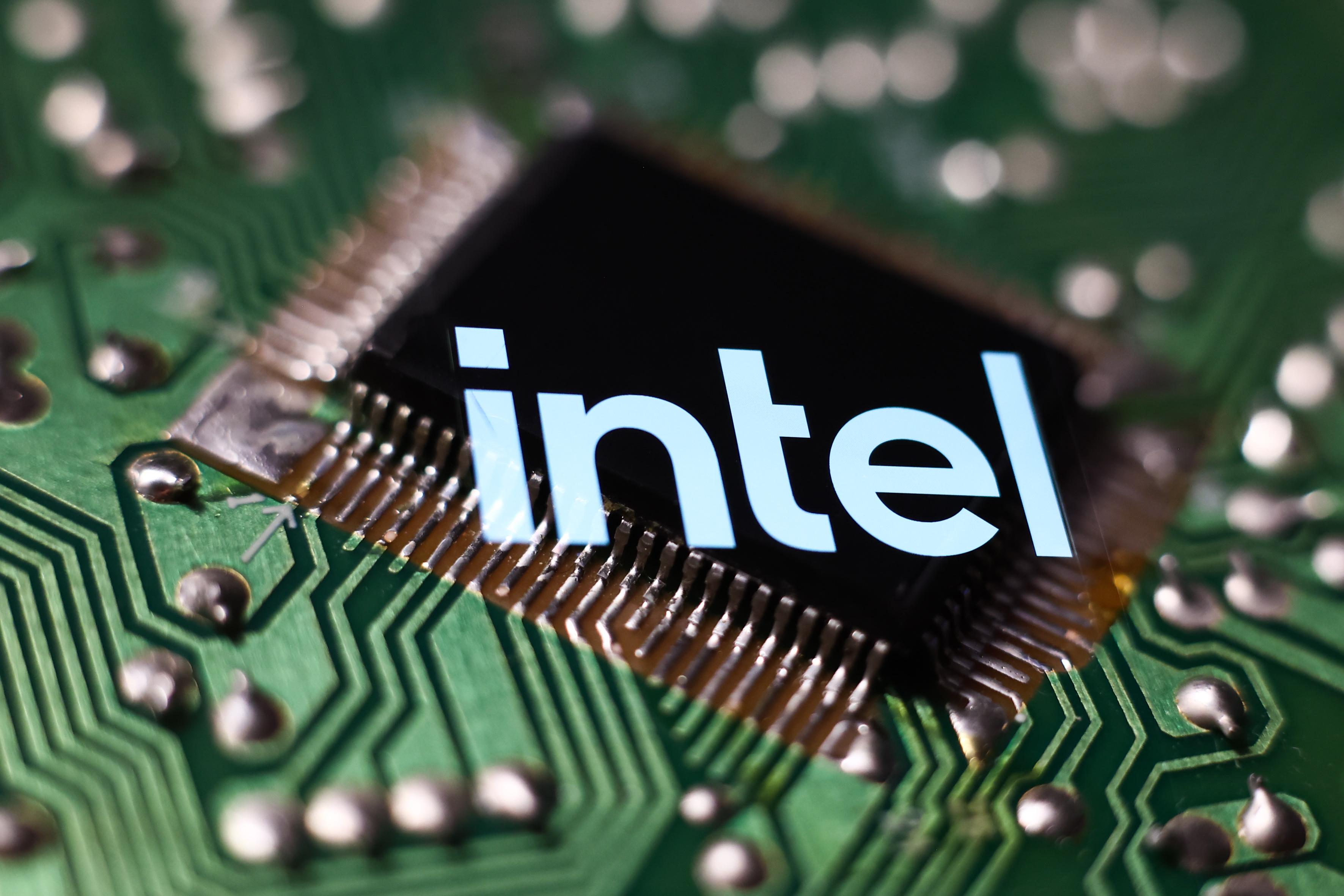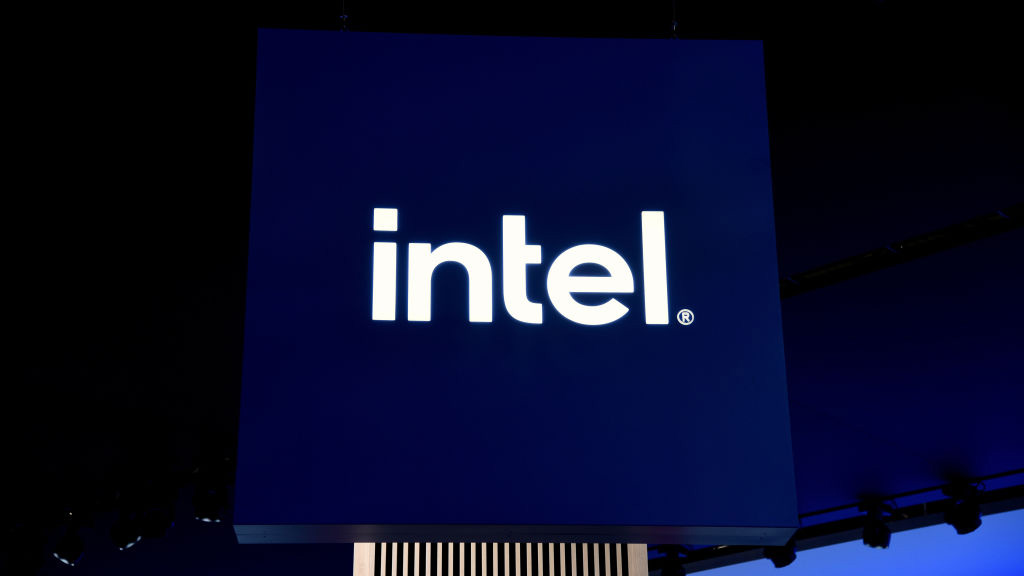Need to know: Intel Core i7-980X
Intel today launched its first ever six core processor. We give you the run down of what you need to know about this brand new chip.


Intel has launched its most powerful desktop CPU to date, the Core i7-980X, codenamed Gulftown.
As the model number indicates, it's a new top-end part for the i7 platform, though during development the company considered branding the chip "Core i9" to reflect its exceptional capabilities.
The i7-980X's major distinction is the unprecedented six processor cores included in the package, more than any previous processor has offered. With Intel's Hyper-Threading technology allowing each core to service two program threads at once, it gives the effective power of twelve independent CPUs running in parallel.
Each core runs at a stock speed of 3.33GHz, matching the fastest Core i7 previously available (the quad-core i7-975), and Intel's Turbo Mode automatically boosts individual cores further, up to 3.6GHz, when load is high.
Conversely, when cores aren't needed they're cut down to 2GHz and below to minimise power and heat dissipation demands. The "X" at the end of the model number stands for "Extreme Edition", indicating that users can adjust the CPU to run at higher frequencies and gain even better performance should they wish.
With a launch price of around 800 inc VAT, the Core i7-980X certainly isn't aimed at a typical business role, but for highly parallel workstation tasks such as data mining or graphical transformations it'll tear through a data set like nothing else on the market. It'll be interesting to see how the technology trickles down into less specialist territory.
Will I see a benefit in going from four cores to six?
Sign up today and you will receive a free copy of our Future Focus 2025 report - the leading guidance on AI, cybersecurity and other IT challenges as per 700+ senior executives
In principle, this should allow the CPU to execute 50 per cent more instructions in a given time. In reality, many tasks aren't well suited to parallel execution, requiring one data operation to complete before another is ready to start. The 980X is therefore a specialist processor, and may or may not be worth investing in depending on the nature of the software you run.
What hardware is compatible with the Core i7-980X?
Like all Core i7-900 series processors, the 980X works with Intel's workstation-oriented X58 chipset and plugs into the standard LGA 1366 socket. This means it can be used as a drop-in upgrade for any X58 workstation, though the motherboard's BIOS may need to be updated to work with the new chip.
Apart from the cores, how does the 980X differ from previous Core i7 chips?
The Core i7-980X is Intel's first LGA 1366 chip to be based on the new 32nm manufacturing process. The smaller transistors mean the CPU requires less electrical power to function than existing models. It also means the chip itself can be smaller, reducing manufacturing costs though the complexity and specialist nature of this particular model keeps the retail price high.
Does the 980X have the same features as Intel's other 32nm chips?
The mainstream 32nm chips that have already been launched the Core i3, Core i5 and Core i7-800 series feature special new instructions designed to accelerate AES encryption. Those new instructions are here in the 980X too, making it more efficient than before to work with encrypted data. However, the Core i7-980X doesn't include the on-chip GPU found on the mainstream products meaning your workstation will still need a discrete graphics card.
Darien began his IT career in the 1990s as a systems engineer, later becoming an IT project manager. His formative experiences included upgrading a major multinational from token-ring networking to Ethernet, and migrating a travelling sales force from Windows 3.1 to Windows 95.
He subsequently spent some years acting as a one-man IT department for a small publishing company, before moving into journalism himself. He is now a regular contributor to IT Pro, specialising in networking and security, and serves as associate editor of PC Pro magazine with particular responsibility for business reviews and features.
You can email Darien at darien@pcpro.co.uk, or follow him on Twitter at @dariengs.
-
 Cyber resilience in the UK: learning to take the punches
Cyber resilience in the UK: learning to take the punchesColumn UK law now puts resilience at the centre of cybersecurity strategies – but is legislation simply catching up with enterprise understanding that resilience is more than just an IT issue?
-
 CISPE claims European Commission gave Broadcom a ‘blank cheque to raise prices, lock-in, and squeeze customers’ with VMware deal
CISPE claims European Commission gave Broadcom a ‘blank cheque to raise prices, lock-in, and squeeze customers’ with VMware dealNews Cloud providers have issued a formal response to the General Court of the European Union after the Commission defended its approval of the deal
-
 Gaining timely insights with AI inferencing at the edge
Gaining timely insights with AI inferencing at the edgeWhitepaper Business differentiation in an AI-everywhere era
-
 Scaling AI from pilot to production: Maximize AI impact with HPE & Intel
Scaling AI from pilot to production: Maximize AI impact with HPE & IntelWhitepaper Transform AI proof-of-concepts into full-scale implementations
-
 UK supercomputer boom as HPE and Dell receive funding for new AI cluster
UK supercomputer boom as HPE and Dell receive funding for new AI clusterNews The UK’s AI computing capabilities will increase by an order of magnitude in 2024
-
 AI gold rush continues as Hugging Face snags $235 million from IBM
AI gold rush continues as Hugging Face snags $235 million from IBMNews The investment round, which brings the company's valuation to $4.5 billion, also includes Amazon, Google, Intel, and Salesforce
-
 Why is ASUS reviving Intel’s NUC mini-PC line?
Why is ASUS reviving Intel’s NUC mini-PC line?News The diminutive PC is to rise again while analysts look for the business case
-
 Intel targets AI hardware dominance by 2025
Intel targets AI hardware dominance by 2025News The chip giant's diverse range of CPUs, GPUs, and AI accelerators complement its commitment to an open AI ecosystem
-
 Why aren’t factories as smart as they could be?
Why aren’t factories as smart as they could be?Whitepaper How edge computing accelerates the journey to a remarkable factory
-
 Who needs Intel vPro®, An Intel® Evo™ Design, anyway?
Who needs Intel vPro®, An Intel® Evo™ Design, anyway?Sponsored With flexible work on the up, the demand for high performance on-the-go business laptops has never been greater
